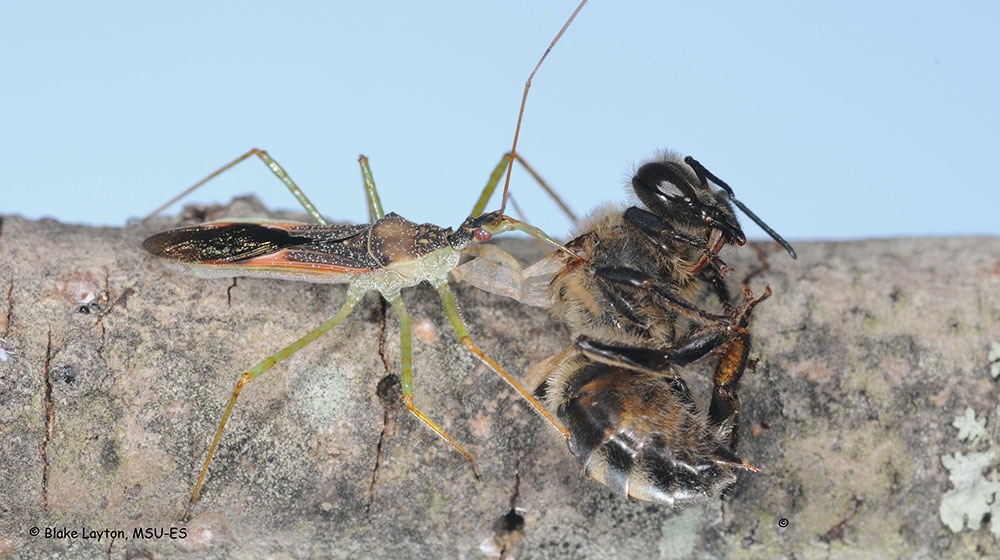Assassin Bug, No 18
Related News
September 10, 2012
August 20, 2012
August 16, 2012
August 16, 2012
July 12, 2012

